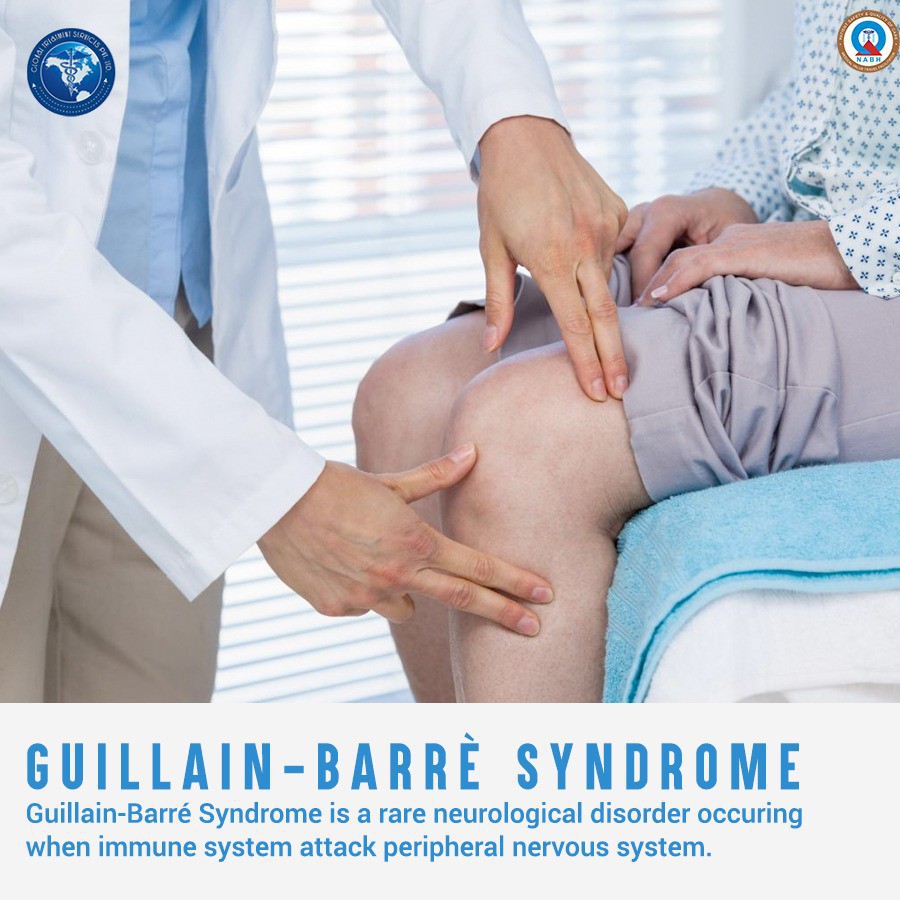Are you or someone you know diagnosed with Gullain-Barré Syndrome? You may want to read up here to find more about it.
Gullain-Barré Syndrome (GBS) is a serious neurological condition in which the immune system attack peripheral nervous system.As you might have guessed,the name originates from two scientists who first described it,George Guillan and Jean Alexandre Barré. Although this autoimmune disease cause lingering symptoms for a very long time,individuals can achieve spontaneous treatment induced recovery.Also,GBS is neither contagious nor hereditary.
Understanding GBS and variants
The peripheral nervous system -network of nerves outside brain and spinal cord- controls the ability to feel and move by transmitting electrochemical impulses.Neurons in these network have nerve extensions called axons,coated by myelin sheath.In GBS,the myelin sheath is damaged/removed(demyelinating neuropathy) or axon is degenerated (Axonal neuropathy) hindering the messages being delivered to the brain properly and thus muscles become unable to respond to brain commands.
It is not clearly discovered how immune system attacks healthy nerve cells.As GBS is usually preceded by a microbial infection,most established theory is the “molecular mimicry/innocent bystander theory”.According to this theory,some nerve cells resemble molecules of certain microorganisms making it vulnerable to attack when the immune system fights off the infection.
Until last three deacdes,GBS was thought to be only demyelinationg polyneuropathy.But several variants have been identified.
Acute Variants
Acute Inflammatory demyelinationg polyneuropathy (AIDP)
Acute motor axonal neuropathy (AMAN) and Acute motor-sensory axonal neuropathy (AMSAN)
Miller Fischer Syndrome
Chronic Variants
Paraproteinamic demyelinating neuropathy(PDN)
Multi focal motor neuropathy(MMN)
Lewis-Sumner syndrome(MADSAM)
chronic axonal neuropathy
Sub acute inflammatory demyelinating polyradiculoneuropathy(SIDP)
Symptoms
The onset of GBS is generally rapid from muscle weakness,tingling to paralysis.It is also accompanied by loss of bladder control,severe pain in the lower back,inability to breathe and difficulty moving eyes,face,talking or swallowing.
In AIDP,the paralysis is ascending indicating that it travels from limps towards upper part of the body. AMAN is characterized by symmetrical weakness and respiratory failure. ASMAN typically appears in adults as severe motor and sensory dysfunction.Miller-Fischer syndrome presents itself with ataxia-loss of muscle coordination, areflexia-stimuli non responsive muscles and ophthalmoplegia-progressive paralysis of movement muscles in eyes.
In most severe cases,people with GBS can be fully paralysed. Paralysis may eventually affect diaphragm or chest muscles preventing proper breathing becoming fatal.
Diagnosis
Lumbar puncture
Cerebrospinal fluid is tapped to test for levels of protein.
People with GBS have higher levels of specific proteins without any increase in WBCs.
Electromyogram (EMG)
In this effective nerve function test,electrical activity from muscles is recorded to check if the muscle weakness is caused by nerve damage.
Nerve conduction velocity (NCV)
NCV records the speed at which signals travel along the nerves. These signals are surely slowed in GBS.
Treatment
It is critical that patients are immediately moved for treatments.Prognosos is that 70% of affected individualy fully recover in 6 weeks provided the treatment was started in two weeks from the onset of symptoms.Treatment is usually followed by rehabilitative care to regain muscle strength and mobility.
Plasmapherisis(plasma exchange)
Plasma from the patient is extracted using a machine to remove the antibodies attacking the nerve cells and then the blood cells is returned back to the person.
Intravenous immunoglobulin
The immunoglobulins developed from a pool of donors which contains healthy antibodies are administered to the patient.This helps to commission off the harmful antibodies.
It is also very important to combine treatment with rehabilitative care.As the recovery can be non uniform,stronger muscles tend to take over the functions of weaker muscles.This process is called substitution.During the treatment,specific exercises may be needed to prevent substitution,blood stagnation and sludging. After the recovery,rehabilitation therapy facilitates the individual to resume physical strength to carry out daily activities normally.

Post a comment